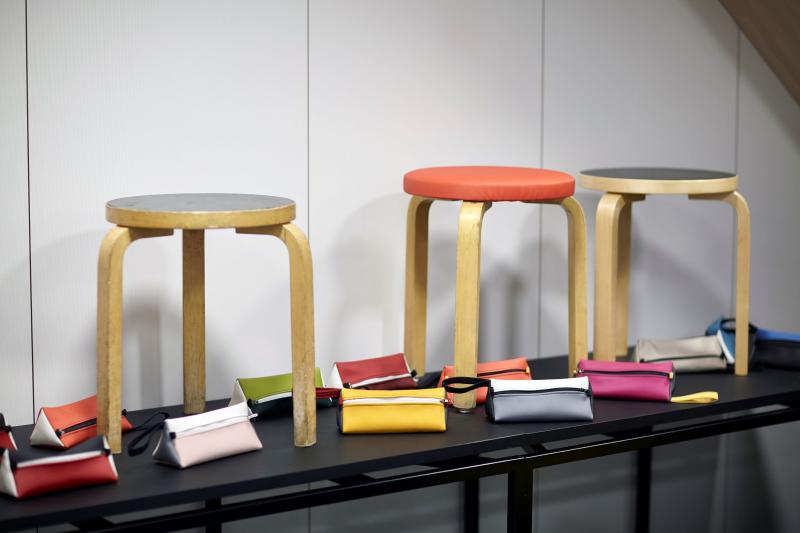Procurements
The City of Helsinki makes approximately EUR 4 billion worth of procurements every year. The volume of procurements is significant, which means that our procurements are also significant for the environment. By following the principles of the circular economy in our procurements, we can reduce the material consumption, emissions and waste generated in the manufacture of products.
The city’s procurements are guided by the procurement strategy approved in 2020, one of the main themes of which is impact and responsibility. The procurement strategy states that Helsinki supports the establishment of sustainable domestic markets by acting as pioneer in developing and applying new energy- and material-efficient solutions that promote the circular economy and biodiversity. One of the indicators recorded for the achievement of responsibility goals is the share of procurements promoting the implementation of the Roadmap for Circular and Sharing Economy.

Circular economy goals
| 2020–2025 | 2025–2030 | 2030–2035 |
| The city’s understanding and expertise in implementing procurements in accordance with the circular economy has increased. | The principles of the circular economy are promoted in all city procurements where these aspects can be influenced. | The city’s procurements are based on the carbon-neutral circular economy, which means limited use of virgin resources and preventing waste generation. |
Measures
| Measure | Parties responsible | Schedule |
| 11. Incorporate criteria that promote the sustainability of products (such as furniture, machinery, vehicles, ICT equipment) in the city’s procurements. The criteria may be related to the life-cycle impact, maintainability of the materials, guarantee period, repairability or recyclability, for example. The criteria may be the minimum requirements or grounds for comparison. | City Executive Office/Procurement and Tendering, all divisions and public enterprises | 2020–2025 |
| 12. Study the product groups in which, in terms of life-cycle impact, service procurement is a better option than product procurement. Switch to using service procurements in these product groups. | Services and Permits/Environmental Services, all divisions and public enterprises | 2020–2025 |
| 13. Actively monitor the research and development regarding to critical raw materials and participate in related projects and experiments. Determine the city’s key procurement groups involving critical raw materials. Pilot and adopt procurement criteria for these groups to promote the recycling and substitution of critical raw materials and the realisation of social responsibility. | Services and Permits/Environmental Services, all divisions and public enterprises | 2023 -> |
| 14. Study the life-cycle impact of alternative materials used in outdoor furniture. Prepare procurement criteria based on this study in order to pilot the use of the materials. Consider alternative materials in the planning and market survey phase of procurements. | Urban Space and Landscape Planning, Buildings and Public Areas/Public Areas, Services and Permits/Environmental Services | 2020–2025 |
